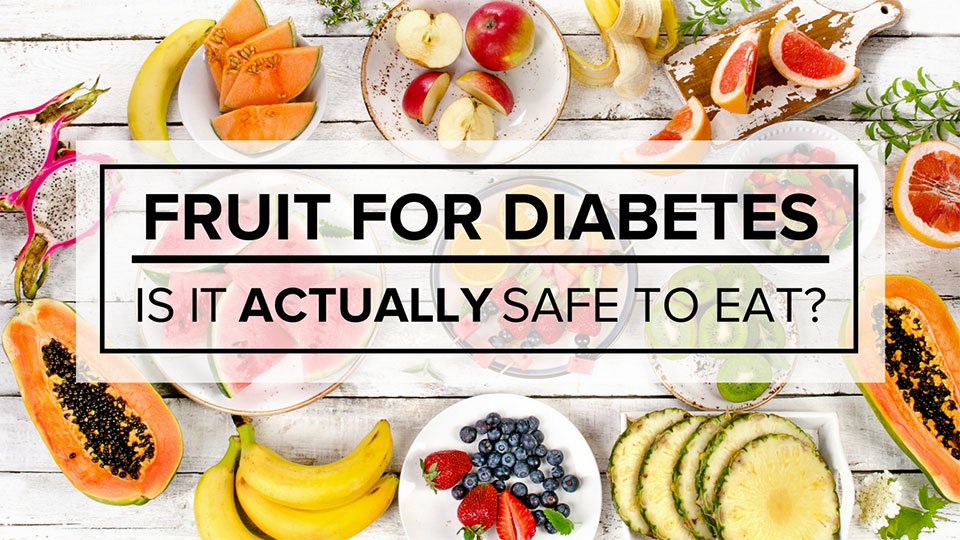If you have diabetes, there is no reason you should have to avoid certain fruits. In fact, there is no such thing as a “bad” fruit.
Fruits are an important component of a healthy, balanced diet as they are loaded with powerful nutrients and antioxidants that promote health. Many fruits are also high in fibre which is not only good for digestion, but also helps to keep blood sugar levels steady and keeps you full for longer. They are also low in kilojoules, which is excellent news if you need to lose weight.
However, it is important to understand that all the different kinds of fruits in Nature's basket can have different effects on your blood sugar levels. This effect on blood sugar levels is measured by the glycaemic index. Fruits that are absorbed quickly and release a quick burst of energy are categorised as high-GI foods, whereas fruits that are digested slower and therefore provide a more sustained energy release, are categorised as low-GI foods. As it is so important for diabetics to regulate their blood sugar levels at all times, it is important to learn the GI value of fruits.
Fruits with a low glycaemic index (GI value of 55 or less) are always the recommended safe choice for diabetics as they contain mainly slow-release carbs which help to regulate blood sugar levels better. Good examples of low-GI fruit are apples, pears, oranges, peaches, plums and strawberries. Yes, the good news is that all berries are low-GI, even though they are very sweet, making them the perfect substitute for unhealthier snacks such as chocolates and sweets to satisfy your sweet tooth.
Though low-GI fruits are a safer choice for diabetics, you can still eat medium to high-GI fruits (such as banana, pineapple, watermelon, sweet melon and papaya), as long as you do it after exercising for at least one hour to avoid a high sugar spike. So, go ahead and enjoy those lovely summer fruits, just make sure to get some exercise before spoiling yourself. The alternative would be to enjoy these higher-GI fruits in combination with other low-GI foods to help sustain your blood sugar levels. A dietician can teach you how to do this in a safe and sensible manner.
By: Birgit Ottermann
Fuente: www.health24.com
